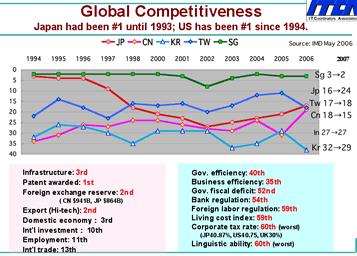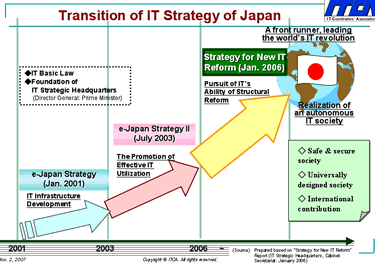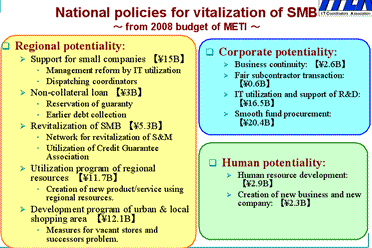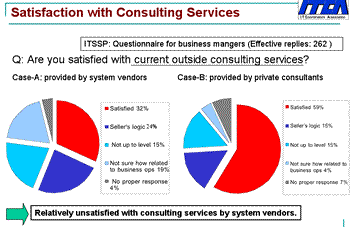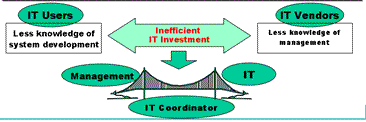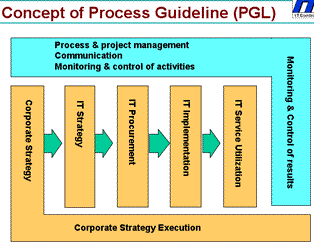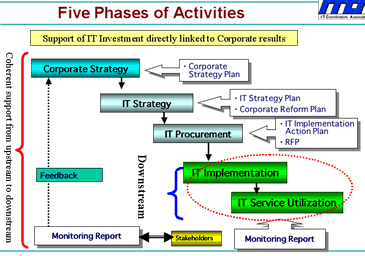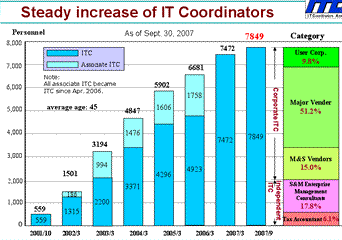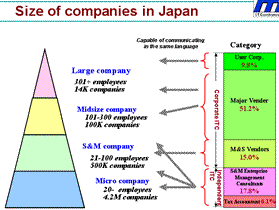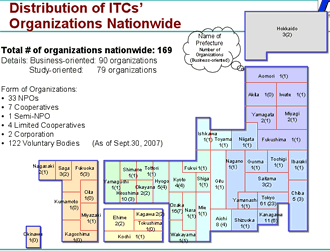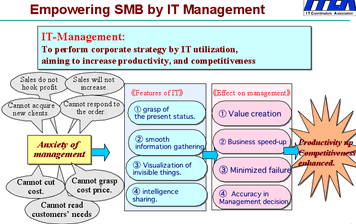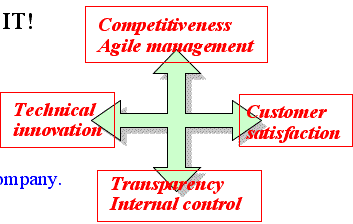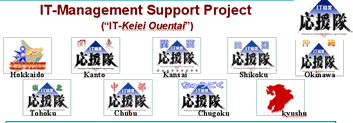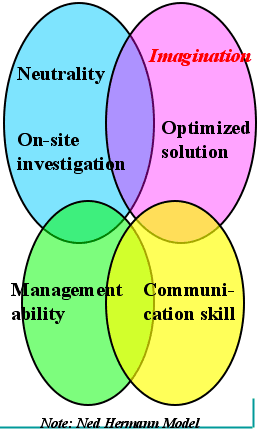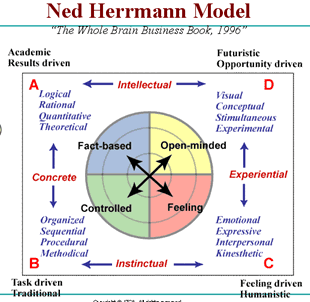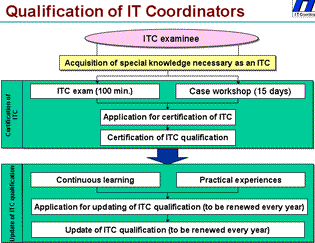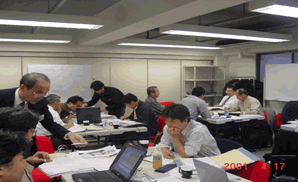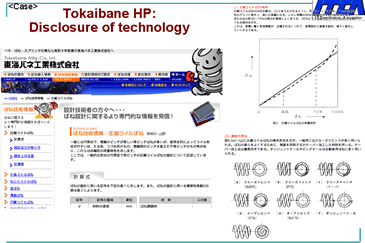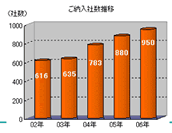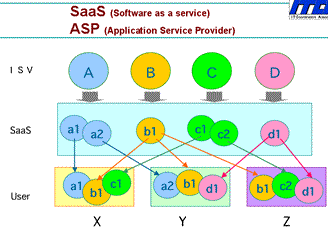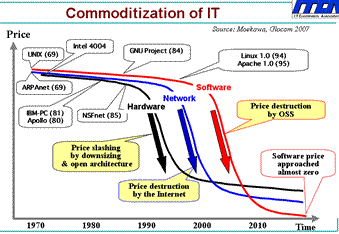>Top 18. IT-management caravan:
- IT-management Caravan promotion has begun since Nov. 2006.
- The first opening ceremony was held in Yukuhashi city in Kyushu, where Yamamoto vice-minister and other VIPs attended including ITCA chairman Mr. T. Seki.
- All wished a year-long safe journey and the project success with attendance of Japanese traditional Shinto priest. (Collaboration with digital know-how and analog tradition)
- Has visited nearly 100 days/places nationwide Japan as of end of 2007.
- Mission:
- to address digital divide and literacy in rural areas and SMB in Japan, campaigning effectiveness of IT-Management by participating various local IT festivals and fora mostly presided by local Chamber of Commerce, attending with the Caravan Bus named “Challenge” equipped latest hands-on and demonstrations.
- started since Dec. 13, 2006 until Mar. 31, 2008
- visiting nationwide total 200 days in 15 months
- Nationwide Educational Activities:
- to promote IT-Management to increase competitiveness
of SMB in Japan.
- to support HR development for re-challenge of women,
aged persons, NEET, and part-timers
- to disseminate e-Government policies, such as e-Tax,
e-Application, e-Tender, etc.
- to advance IT-based high-grade education.
- to practice safe & secure networked society by
collaboration of Industrial, Public and Academic sectors.
- <Supporting organizations>
- IT Coordinators Association; Mr Seki, Chairman; Japan Chamber of Commerce & Industry,
Mr Shinohara, Vice-Chairman; OCP Laboratory; The Association of Copyright for Computer
Software (ACCS); National Federation of Construction Contractors
- Association for Promotion Local Information
& Communication (APPLIC); All Nippon Information Industry Association
Federation (ANIA); TKCCorporation ;Japan Telework Association; Broadband School Association; Intel Corporation - Japan; Microsoft Corporation - Japan
|
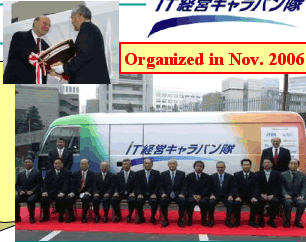 |
